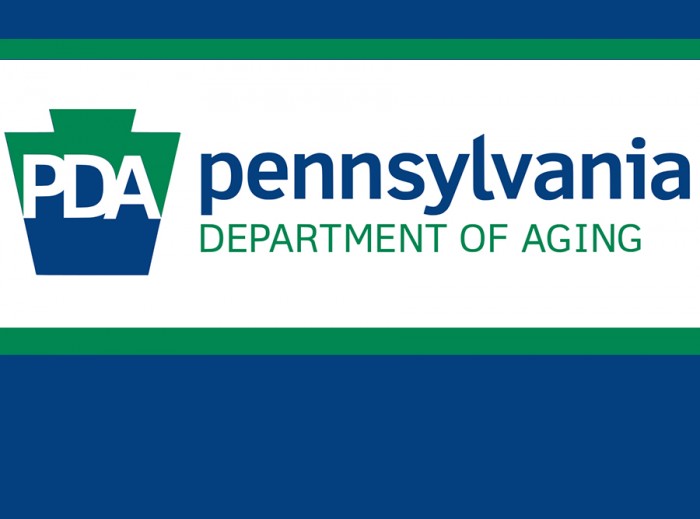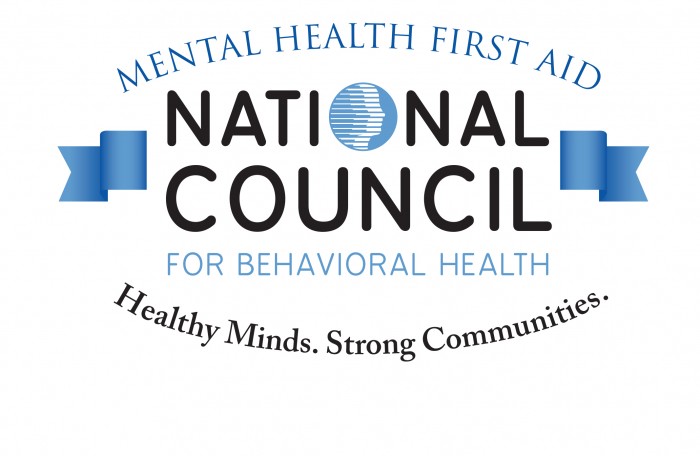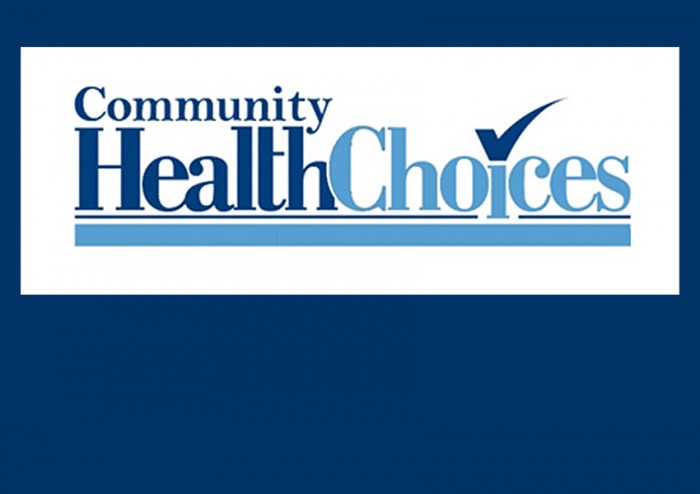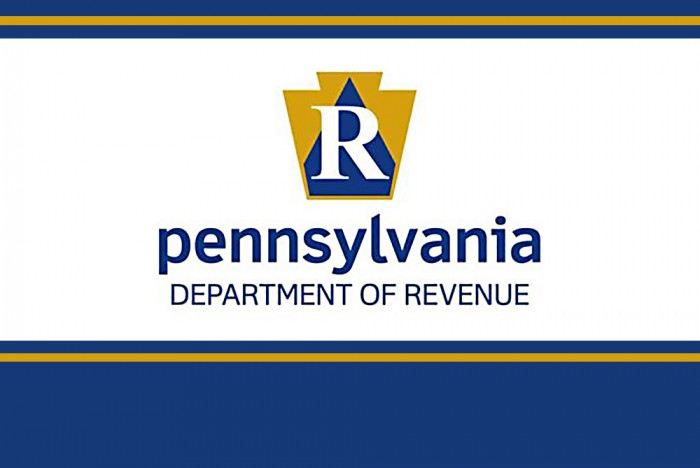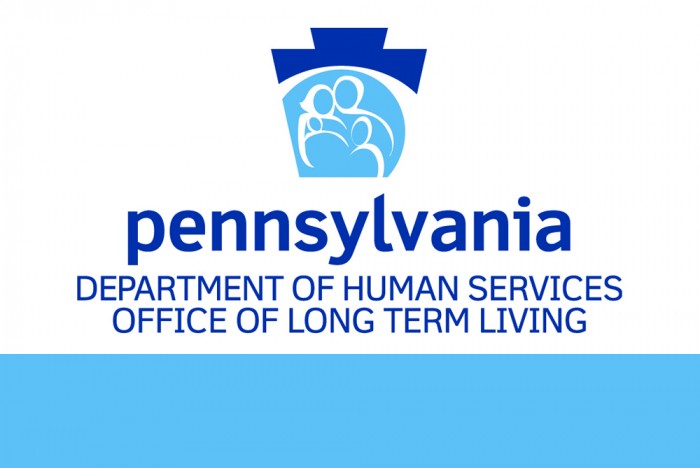National Council Webinar Announced for July 9
Stigma, Drugs and Policy: How Language Drives Change
Date: Thursday, July 9, 2:00 pm – 3:00 pm
Stigma associated with substance use and addiction remains one of the biggest barriers to treatment for more than 20 million people in the U.S. How can we transform the way staff approach and deliver addiction care while fostering engagement among clients in recovery?
Join us Thursday, July 9, at 2 p.m. for “Stigma, Drugs and Policy: How Language Drives Change,” a webinar examining the application of resilience-oriented language principles to reduce barriers to recovery and improve service delivery. John Kelly, Ph.D., ABPP, Elizabeth R. Spallin professor of psychiatry in addiction medicine at Harvard Medical School, will guide us through strategies to shift the lens from stigma to affirming strengths-based approaches that you can adapt in your practice.
You will:
- Understand the importance of language in treating substance use disorders (SUD).
- Examine the evidence demonstrating the impact of stigmatizing language on the provision, quality and allocation of resources for SUD care.
- Identify strategies for addressing stigma in policy and practice settings using non-stigmatizing language.
|
Virtual Meeting Planned to Discuss State Plan on Aging
The Pennsylvania Department of Aging will host a Virtual Community Conversation on July 7, 2020, from Noon to 1:30 pm to discuss their State Plan on Aging for 2020–2024. During this virtual meeting, feedback is encouraged from the public and community stakeholders. The State Plan on Aging is designed to help Pennsylvania meet the objectives of the Older Americans Act and will be submitted to the Administration for Community Living (ACL) containing a vision and direction for Pennsylvania’s network of aging services. This plan is required to be submitted every four years, with this next plan due by October 1, 2020.
Individuals interested in participating can be an observer only or can make comments for up to two minutes on aging issues that are important to them. Questions can also be submitted on aging-related topics in advance and have them answered during the discussion by registering online.
Registration is required to participate via WebEx. If you choose to participate by phone, you must still register through the link to obtain your Attendee ID.
National Council Update on Provider Relief Fund
Dear members,
I want to pass along a timely update about the Provider Relief Fund and our productive discussions with the Department of Health and Human Services (HHS) to unlock those funds.
As many of you know, the National Council and 26 other leading behavioral health organizations sent a letter on June 18 to HHS Deputy Secretary Eric Hargan calling for an additional distribution from the Provider Relief Fund, which was established by the CARES Act.
We got their attention.
Our letter prompted Deputy Secretary Hargan to hold a conference call on Tuesday, June 30, with the signatories to discuss the difficulties providers have had engaging with the Provider Relief Fund distribution portals and the negligible amount of financial resources providers have received. I’m happy to report that we had a productive discussion and changes are on the way – there will be a way for eligible health care providers to receive 2% of gross receipts from patient care.
That is a dramatic change that will help many National Council members, and HHS intends to make an announcement soon about this revision. We will also make sure you all know about the details of the programmatic changes as we receive those updates from HHS.
We arrived at this positive outcome after describing what all of you have gone through – the lost revenues, closures of programs and services, layoffs and furloughs. We described the confusion surrounding the various provider portals and association Provider Relief Fund distributions. We told HHS that providers are unsure when to apply for relief funds and which targeted distribution to apply for. We also explained that because Medicare represents only 5-7% of annual revenue for behavioral health providers, many providers believe their financial viability is better served by waiting for the Medicaid and CHIP distribution. We told HHS that providers did what they think is in the best interest of their practices, unaware that they will be prohibited from receiving funds from the Medicaid and CHIP targeted distribution.
Deputy Secretary Hargan described the intention of the previously released Provider Relief Fund distributions – to “true-up” both Medicare and Medicaid providers, and he acknowledged that a number of provider types have experienced the same issues and confusion in engaged the portals and accessing needed relief funds.
Perhaps most importantly, Deputy Secretary Hargan agreed that the behavioral health needs in our nation will continue and indicated that there will be a future “tranche” of monies dedicated to providers based on revenue lost as a result of the COVID-19 pandemic to ensure that all providers have the ability to access 2% of gross receipts from patient care as a source of relief.
He also indicated that organizations that were unable to receive the full 2% from previous distributions will have preference in the next distribution of funding.
Finally, Deputy Secretary Hargan reinforced that the Medicaid and CHIP Targeted Distribution is still open (it is scheduled to close on July 20) and encouraged eligible organizations to apply.
I know it’s been difficult for all of you to since the pandemic began to wreak economic havoc on your practices, but I’m so happy to report that our efforts to outline those difficulties is finally paying off and help is on the way.
Thank you all so much and have a wonderful holiday weekend.
Chuck

Capitolwire: PA Supreme Court sides with Gov. Wolf in conflict over termination of COVID-19 emergency declaration
Capitolwire: PA Supreme Court sides with Gov. Wolf in conflict over adopted legislative resolution to terminate Wolf’s COVID-19 emergency declaration
By Chris Comisac, Bureau Chief, Capitolwire
HARRISBURG (July 1) – A Democratic majority of the state Supreme Court read Pennsylvania statute the way Democratic Gov. Tom Wolf wanted them to read it, asserting Wolf has the right to veto any concurrent resolution adopted by the General Assembly to terminate a gubernatorial disaster emergency declaration.
Without the Legislature presenting the resolution to the governor, the resolution “is a legal nullity,” said the majority, making the resolution, as the Wolf administration has argued, meaningless.
Justices Max Baer, Debra Todd and Christine Donohue joined with Justice David Wecht, who wrote the majority opinion finding that Article III, Section 9 of the Pennsylvania Constitution requires all concurrent resolutions, including those adopted by the General Assembly under Section 7301(c) of the state’s Emergency Management Services Code to terminate a disaster emergency ordered by the governor, be submitted to the governor for his approval or disapproval.
Wecht’s opinion posits that the concurrent resolution adopted pursuant to Section 7301(c) amounts to a an “act with legislative effect” – in this case, rescinding the power given to the governor by the General Assembly through Section 7301(c) – that necessitates the resolution be presented to the governor.
Wrote Wecht: “The Senators may be frustrated that, the General Assembly previously having delegated power to the Governor, the rescission of that power requires presentment, perhaps necessitating a two-thirds majority to override a veto. But the potential for such frustration inheres whenever the legislative branch delegates power to the executive branch in any context. The General Assembly itself decided to delegate power to the Governor under Section 7301(c). Current members of the General Assembly may regret that decision, but they cannot use an unconstitutional means to give that regret legal effect. The General Assembly must adhere to the constitutional requirement of presentment even when attempting to overturn the Governor’s delegated putative authority to suspend laws.”
The General Assembly early last month adopted House Resolution 836 which majorities of the two legislative chambers expected would trigger the provisions within Section 7301(c) to end a disaster declaration. Part of the section reads: “The General Assembly by concurrent resolution may terminate a state of disaster emergency at any time. Thereupon, the Governor shall issue an executive order or proclamation ending the state of disaster emergency.”
Wolf refused to adhere to the termination, arguing that without HR836 being presented to him for his consideration and action, the resolution was “meaningless.”
The administration pointed to Section 9, Article III of the Pennsylvania Constitution, which states, “Every order, resolution or vote, to which the concurrence of both Houses may be necessary, except on the question of adjournment, shall be presented to the Governor and before it shall take effect be approved by him, or being disapproved, shall be repassed by two-thirds of both Houses according to the rules and limitations prescribed in case of a bill.”
While a majority of Democratic justices sided with Wolf, Justice Kevin Dougherty, also a Democrat, in a separate opinion expressed that the majority, in its effort to support its opinion, had written into existing state law its own interpretation that is not supported by the plain language of the law. Dougherty wrote that given what he sees as the irreconcilable conflict between Section 9, Article III of the Pennsylvania Constitution and Section 7301(c) of the Emergency Management Services Code, the entirety of the statute delineating the declaration of a disaster emergency should be declared unconstitutional.
Wrote Dougherty: “In sum, I believe that Section 7301(c) is susceptible to only one reasonable interpretation — the one described by the plain terms of the statute itself. That plain language is clear, and leaves no room for the Governor to take any other action than that which is statutorily prescribed. Accordingly, while I have no doubt that it would be a far cleaner task to simply declare the statute ambiguous and apply the canon of constitutional avoidance to resolve this matter, that path is, unfortunately, unavailable to us. See, e.g., Robinson Twp. v. Commonwealth, 147 A.3d 536, 574 (Pa. 2016) (“Although courts should interpret statutes so as to avoid constitutional questions when possible, they cannot ignore the plain meaning of a statute to do so.”) (citations omitted). That being the case, and since the statutory mechanism crafted by the legislature is clearly at odds with Article III, Section 9 of the Pennsylvania Constitution, it must be stricken as unconstitutional.”
The court’s two Republicans – Chief Justice Tom Saylor and Justice Sallie Updyke Mundy – in the minority opinion written by Saylor echoed Dougherty’s concern the majority read into the law something that does not exist.
Wrote Saylor: “I view the majority’s decision to imply a presentment requirement into the statute as being in tension with the rule that courts are not at liberty to insert words into statutory provisions that the legislative body has not included. See, e.g., Burke v. Independence Blue Cross, 628 Pa. 147, 159, 103 A.3d 1267, 1274 (2014). As noted above, when the Legislature has chosen to require presentment, it has said so. See, e.g., 71 P.S. §745.7(d) (“If the General Assembly adopts the concurrent resolution by majority vote in both the Senate and the House of Representatives, the concurrent resolution shall be presented to the Governor . . ..”). Thus, its failure to do so here does not appear to be unintentional.”
Saylor continued: “Moreover, while the principle of constitutional avoidance – on which the majority relies, see Majority Opinion, slip op. at 20 – is an important judicial tool for saving statutes when reasonably possible, the underlying justification is that the construction which avoids grave constitutional difficulties is likely to be faithful to legislative intent, as the legislative body does not intend to violate the Constitution. That underlying justification is diminished where, as here, the chosen construction substantially weakens the Legislature’s ability to act as a check on the actions of a co-equal branch. The reason is self-evident: the General Assembly is not likely to seek to weaken its own institutional powers, particularly vis-à-vis those of a separate and co-equal branch of government. And while the majority correctly observes that the Legislature has clarified that it does not intend to violate the Constitution, see Majority Opinion, slip op. at 23 (citing 1 Pa.C.S. §1922(3)), that precept alone cannot justify the use of constitutional avoidance to reach an interpretation which was not intended by the General Assembly – particularly as the overarching purpose of all statutory construction is to give effect to legislative intent. See 1 Pa.C.S. §1921(a). See generally Clark v. Martinez, 543 U.S. 371, 382, 125 S. Ct. 716, 725 (2005) (noting that constitutional avoidance is ‘a means of giving effect to congressional intent, not of subverting it’).”
-30-
Community HealthChoices Fact Sheet: Continuity of Care
On June 30, 2020, the continuity of care period for long-term services and supports in the Northeast, Northwest, and Lehigh/Capital Regions ended. Community HealthChoices (CHC) is now fully implemented across Pennsylvania.
This may prompt questions from CHC participants on:
- A change to their service provided due to the managed care organization (CHC-MCO) ending their contact with a provider.
- A change in service coordinator due to their CHC-MCO ending its contract with a service coordination entity.
- A change to the amount, duration, or frequency of service they are receiving.
A CHC-MCO must alert the Office of Long-Term Living (OLTL) in writing of its intent to terminate contracts with a provider and services that a provider provides 90 days before the termination’s effective date. Procedures to address the termination’s impact on participants should be in place and participants must be notified in writing 45 days before the effective date.
OLTL will continue to monitor notification requirements, service plan changes, service denial notices, complaints, and grievances despite the continuity of care period ending. CHC-MCOs will be held accountable for meeting notification requirements to ensure participants are properly informed and continue to receive necessary services without unexpected disruption.
Participants with questions or concerns about changes to services or service delivery should contact their CHC-MCO. If questions remain, after talking with their CHC-MCO, participants can contact the OLTL at 1-800-757-5042.
Due to COVID-19, exceptions may apply under limited circumstances. Please refer to the “Transition Plan to Phase Out Temporary Changes to the Community HealthChoices 1915(c) Waiver” issued by the Office of Long-Term Living.
For more information on continuity of care, please view the fact sheet here.
CHC is now live across Pennsylvania. Make sure you and your coworkers have the information you need about CHC. Take our 30-minute online training.
If you have other questions about CHC, view our comprehensive question and answer document.
CONTACT: If you have any questions, please visit www.HealthChoices.pa.gov or submit comments electronically to RA-PWCHC@pa.gov.











